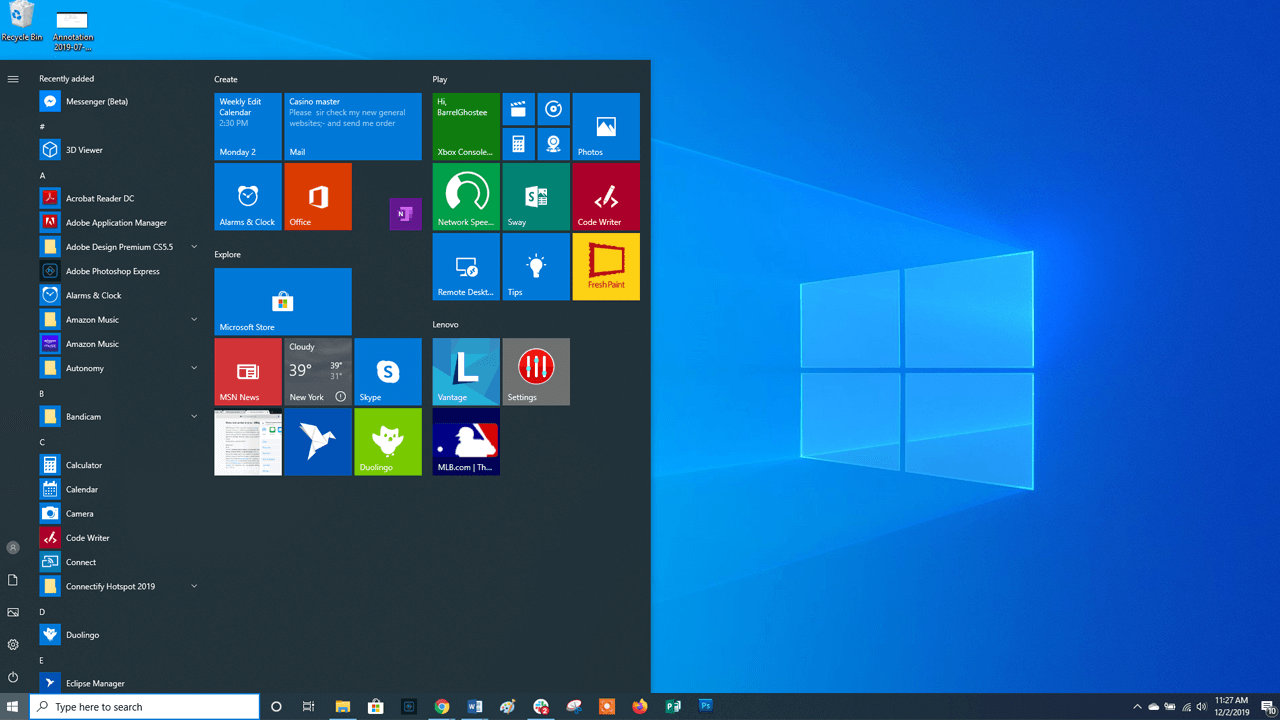
- Linux file systems for windows full version#
- Linux file systems for windows software#
- Linux file systems for windows Pc#
- Linux file systems for windows download#
- Linux file systems for windows windows#
Linux file systems for windows windows#
You can see that just referring to tmp in Linux or Temp in Windows is confusing and not specific enough to clearly refer to a specific directory. Windows can have multiple roots, so you might have C:\Temp, D:\Temp, and E:\Temp on the same system. For example, in Linux, there are directories such as /usr/bin, /usr/sbin, and /tmp. It is important to include the root directory references on both operating systems. Notice that when you write directory names in Linux, you always include the root directory ( /) and similarly, you included ( C:\) in Windows.

Linux file systems for windows software#
Where DVDs and removable devices are automounted.ĭirectory used for temporarily mounting remote filesystems and other media.ĭirectory where some third-party software is installed.ĭirectory containing system process information.ĭirectory containing devices, kernel modules, filesystems, and other kernel component info.ĭirectory containing variable files, such as logs and temporary files. The following table shows important Linux directories and their functions (The -> is a symbolic link or Shortcut, in Windows terminology): Directoryĭirectory containing configuration files.ĭirectory containing user home directories.ĭirectory containing 64-bit system libraries. The Linux /home directory corresponds to the Windows C:\Users directory. Linux keeps its applications under the /usr directory. Applications reside either in the Program Files or the Program Files (x86) directories. This is because Windows keeps everything except applications under the C:\Windows directory. Linux has several directories under root ( /), while Windows has relatively few. Note the similarities and differences between the two: Red Hat Enterprise Linux 8 is on the left and Microsoft Windows Server 2012 R2 is on the right. Some references call this layout a "tree" structure: When all the directories and subdirectories are expanded, the visual reference is an inverted tree.Ĭompare the two layouts below. Windows can have many root directories In Linux, the root directory is designated as / and there is only one root directory per Linux computer. In Windows, your root directories are designated with letters, such as C: or D. What I'm referring to is the layout of files, directories, configurations, paging, and so on, and not the bit-level formatting of the filesystem such as NTFS or XFS, for example.įirst, both Linux and Windows (and Mac) have a hierarchical filesystem layout, meaning that there is a single "root" directory, and all other directories branch off of that. I'm also using the terms filesystem and filesystem structure interchangeably. But both Linux and Windows have a command-line interface (CLI), and rather than calling it CMD, Command Window, or something else, it's easier to use the legacy term, DOS for the Windows CLI. Just so we're clear, I know that Windows isn't based on DOS anymore.
Linux file systems for windows download#
Download RHEL 9 at no charge through the Red Hat Developer program.
Linux file systems for windows full version#
Paragon Linux File Systems For Windows Full Version Rar (45. Internationalization: Supports all character sets supported by your operating systems, including those that use non-Roman characters, so you will never face the problem of not getting access to file names on volumes mounted in non-native OS.Volume Administration: Formats check integrity, and repair corrupted ExtFS volumes with minimal effort.However, this feature can be disabled anytime in the program interface. Automount: Mounts support volumes automatically at startup, so you don’t need to bother about it each time you restart the operating system or power your computer on.

Linux file systems for windows Pc#
Just plug your hard disk with ExtFS/Btrfs/XFS partitions into your PC and instantly work with any media on the Linux partitions. A unique tool that gives you full access to Linux volumes within Windows.


 0 kommentar(er)
0 kommentar(er)
